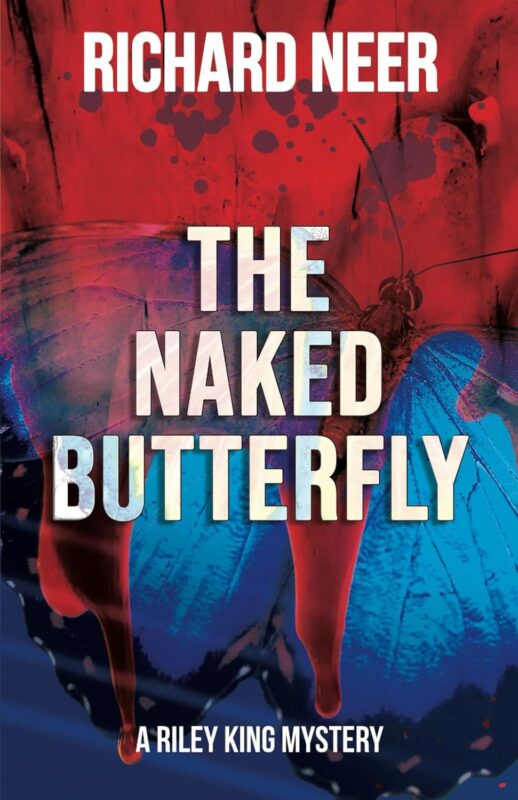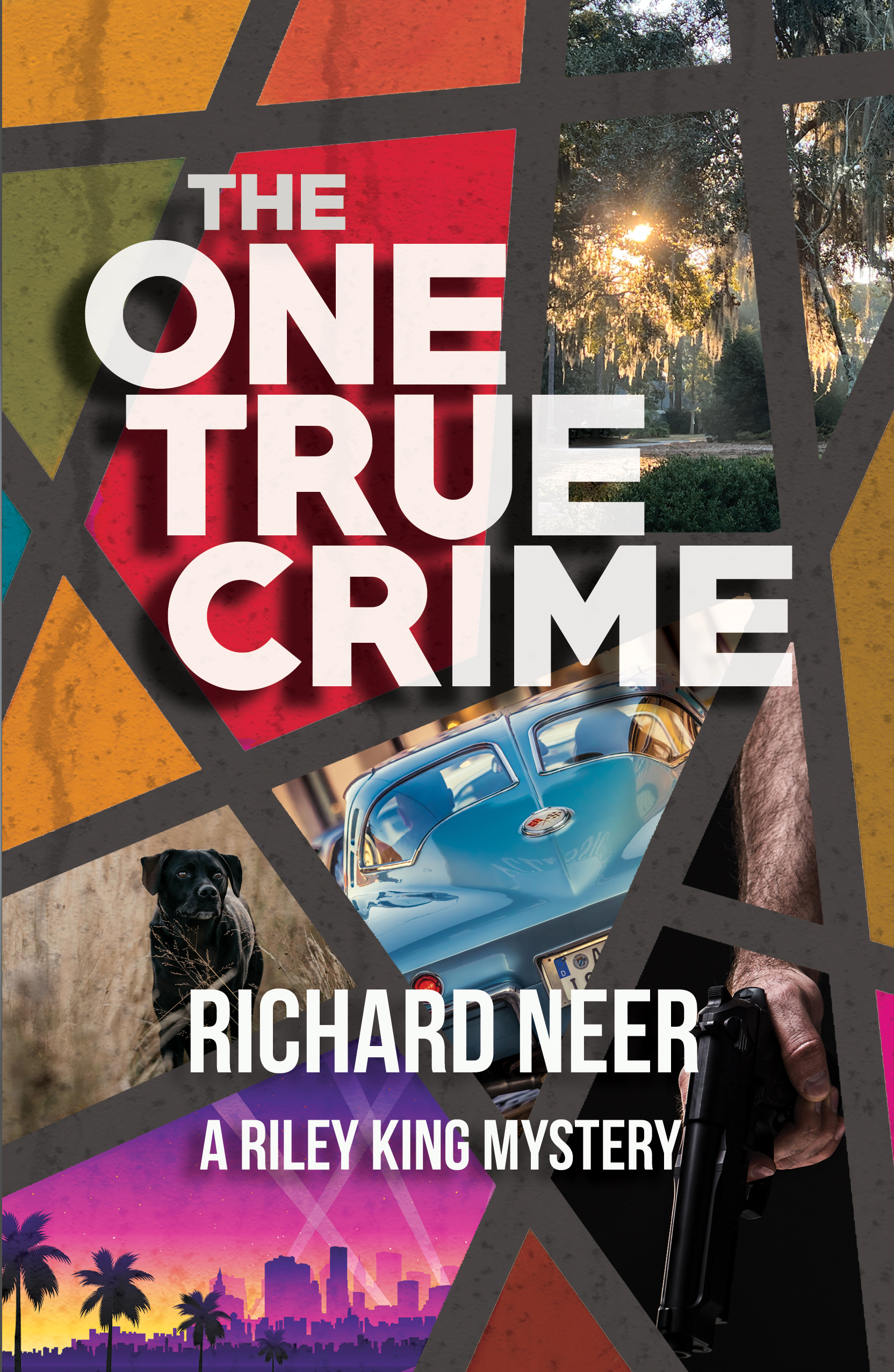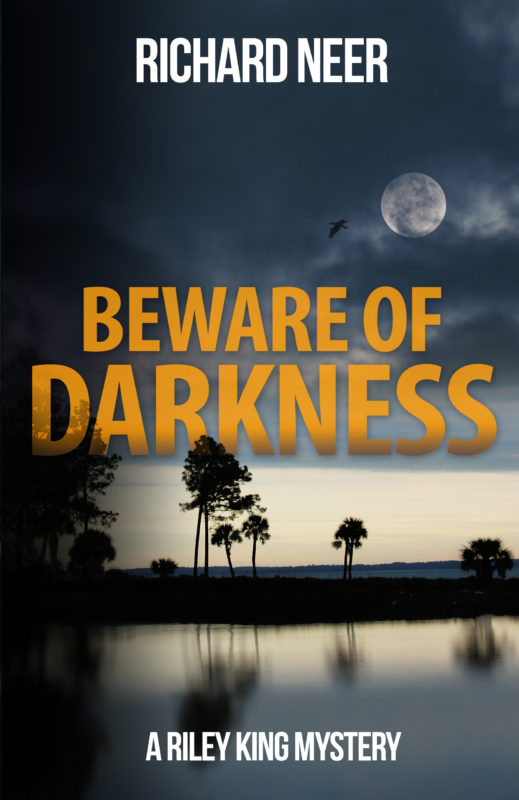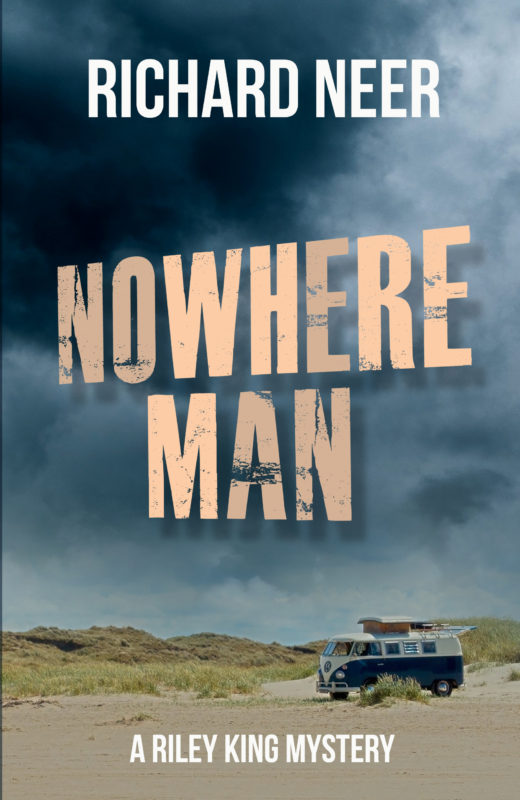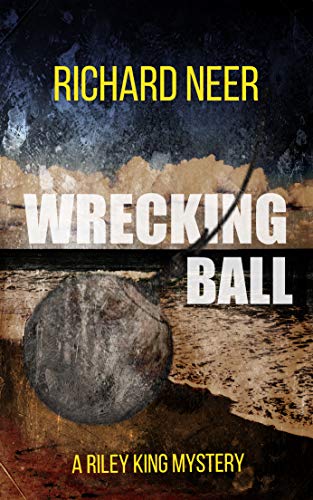 I was warned. A good friend of mine saw Dunkirk and walked out three quarters of the way through. He is prone to sea sickness and said the film made him dizzy, but mainly, it was because he felt beaten up throughout this dialogue barren endeavor.
I was warned. A good friend of mine saw Dunkirk and walked out three quarters of the way through. He is prone to sea sickness and said the film made him dizzy, but mainly, it was because he felt beaten up throughout this dialogue barren endeavor.
I was skeptical. The movie had already inspired Oscar talk and was directed by Chris Nolan, who has a sterling track record. So I ponied up the extra dollars and took in the IMAX version of Dunkirk.
After a half hour I was looking at my watch, never a good sign. Although not billed as an anti-war film, it would be hard to leave the theater without wondering why mankind subjects itself to these atrocities on a regular basis. Young men being killed by other young men, directed by power mad older men who should know better.
Encamped on an otherwise beautiful beach, British and French soldiers are repeatedly strafed and bombed by faceless Germans. It is only by luck that some survive while others are blown to pieces. Some are allowed passage on the few large ships that made it through to rescue them. Others are forced to wait for the next ship, with no assurance that there will be one.
The movie is a graphic history lesson but after the first few scenes, you get the point. War is hell. The remainder is watching earnest young men machine-gunned, bombed or drowned, trapped on capsizing vessels. The carnage is unending.
The one redemptive arc demonstrates the courage and steadfastness of a flinty old Brit who has already lost one of his sons in the war, but is determined to cross the channel in his small fishing vessel to rescue as many survivors as he can.
Titanic was twice as long as Dunkirk, but James Cameron took the first half of the film to introduce the characters and conflicts, which made you care what happened to them after the ship hit the berg. Nolan gave you none of that, so you are reduced to rooting for the uniform. The enemy may have well been space aliens for all the visuals you got of them. And although it may have been more or less historically correct, so many of the men looked alike that the viewer has a hard time distinguishing one from another.
This was the first IMAX film I’ve seen and I wasn’t impressed by the technology. The audio was magnificent, with planes zipping from the rear and bullets flying from all angles. But I actually prefer the 70 mm wide screen format as more visually all encompassing. I thought the dogfight scenes in John Guillerman’s The Blue Max in Cinemascope (1966) were better shot and more exciting.
If you want to know what it’s like being in combat in a defenseless position for a couple of hours, go see Dunkirk. Otherwise, read a book about it.
